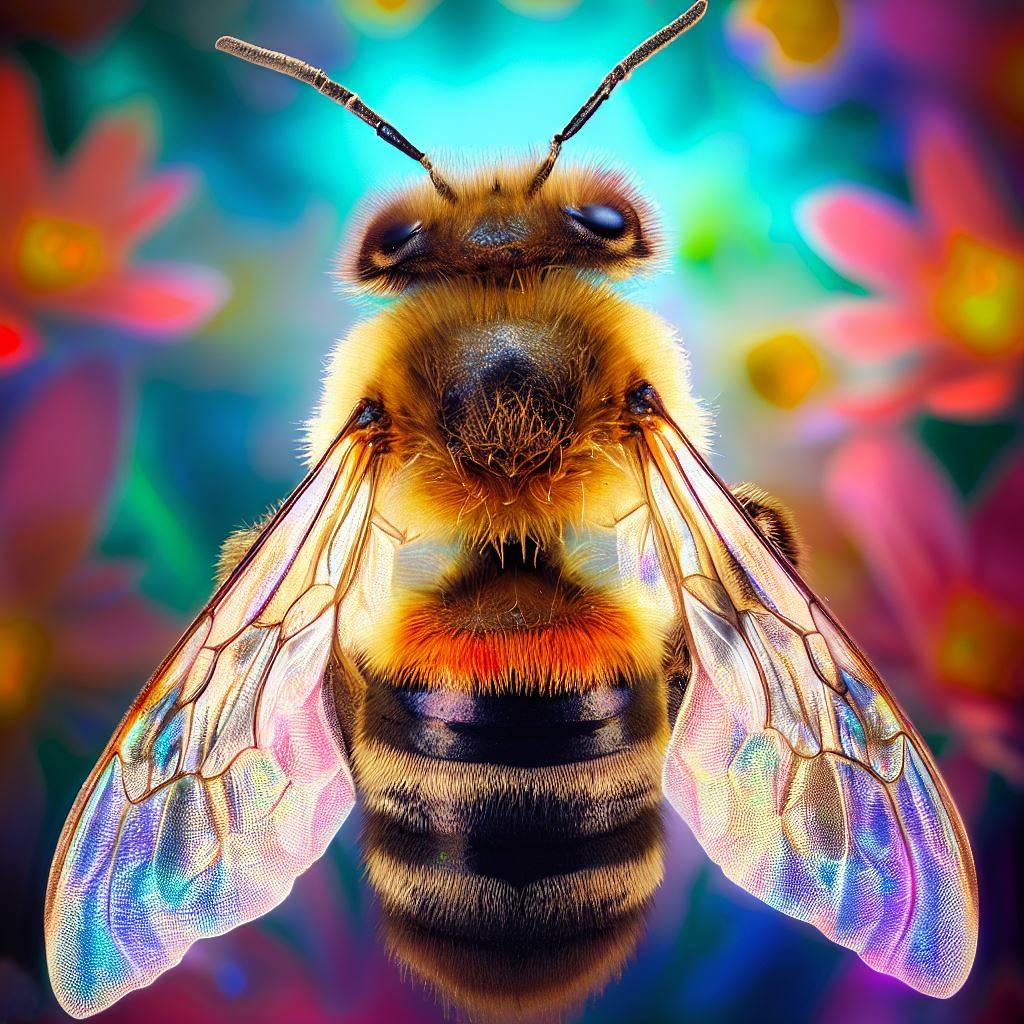
ECO-FRIENDLY PEST CONTROL INC.
Sun - Thur: 8AM - 8PM

Sun - Thur: 8AM - 8PM

Bees are fascinating creatures that play a crucial role in pollination and the overall health of our ecosystems. They are among the most industrious and important insects on our planet. They are known for their vital role in pollination, ensuring the reproduction of countless plant species. In addition to their ecological significance, bees have unique and fascinating life cycles and behaviors.
The life of bees is a complex and fascinating journey that involves distinct stages and roles within a colony. Here is an overview of the life of bees:
Egg Stage: The life of a bee begins as an egg. The queen bee lays eggs in the wax cells of the honeycomb. These tiny, oval-shaped eggs are barely visible to the naked eye.
Larva Stage: After a few days, the egg hatches, giving rise to a larva. The larva is a small, grub-like creature with no eyes or legs. It spends its time inside the honeycomb cell, where it is cared for by worker bees. The larva is fed a special substance called royal jelly, which is rich in nutrients and helps it grow rapidly.
Pupa Stage: As the larva grows, it molts several times and enters the pupa stage. During this phase, the larva transforms into an adult bee inside a cocoon. The pupa undergoes various physical changes and development, including the formation of wings, legs, and other body parts.
Adult Bee Stage: Once the transformation is complete, an adult bee emerges from the cocoon. At this stage, the bee is ready to take on specific roles within the colony.
Queen Bee: The queen bee is the largest and most important member of the colony. Her primary role is to lay eggs, ensuring the continuity of the colony. She is capable of laying thousands of eggs in her lifetime and emits pheromones that regulate the behavior and development of the other bees.
Worker Bees: Worker bees are female bees that make up the majority of the colony. They perform a wide range of tasks, including caring for the brood (eggs, larvae, and pupae), building and repairing the honeycomb, collecting nectar and pollen, cleaning the hive, and protecting the colony. As they age, worker bees take on different responsibilities, such as foraging for food or guarding the entrance of the hive.
Drone Bees: Drone bees are male bees whose primary purpose is to mate with the queen. They do not have stingers and do not perform any other tasks within the colony. Drones exist solely for reproductive purposes. Once they have mated, they die shortly after.
Bees are fascinating insects known for their intricate behaviors and essential role in pollination. Here are some key habits of bees:
Understanding the habits of bees helps us appreciate their role in maintaining the balance of ecosystems and the critical importance of their pollination services. The life of bees is highly organized and efficient, with each individual playing a crucial role in the survival and success of the colony. The queen bee ensures the population growth, worker bees carry out the essential tasks, and drone bees contribute to the genetic diversity of the colony. Together, they form a complex social structure that allows bees to thrive and fulfill their vital role as pollinators in our ecosystems. By protecting and preserving bee populations, we contribute to the overall health and biodiversity of our environment. Remember, when encountering bees, it's crucial to respect their space and avoid disturbing their nests. Bees are typically non-aggressive unless provoked, so we can coexist harmoniously with these remarkable creatures and benefit from the vital work they do.